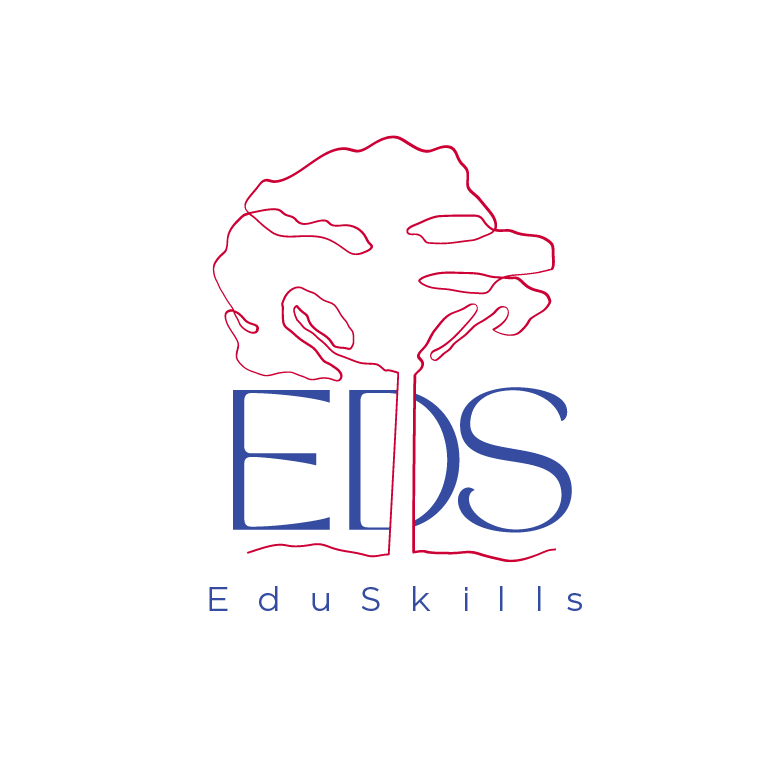Embracing Multilingual Education: A Journey of Personal and Professional Growth
Kelly Forbes, Ed.D.
As I embarked on my teaching career in 2007, I never envisioned myself as an educator. I had thought I was going to be a dancing, bilingual veterinarian! Nevertheless, I soon learned I would be living a different path. Having a Bachelor’s degree in Spanish and a background in performance all over the world and on the Royal Caribbean Cruise Line (RCCL), I stumbled into substitute teaching Spanish at a middle school. Little did I know, this experience would ignite a passion for education within me, ultimately, changing my life and professional trajectory.
Transitioning from the glitz and glamor of show business to the classroom was not seamless. I vividly recall an encounter in the high school copy room where a fellow teacher questioned my presence thinking I was a student, remarking, "Wow! They’re just making them younger and younger nowadays!" Feeling labeled as one of the "young" teachers initially made me question my abilities as an educator, all things considered. After all, I had never thought I would be an educator. Was I adequate for a position that requires so much knowledge and integrity? Sometimes, that feeling still comes back and haunts me. However, I soon realized that every educator brings unique knowledge and experiences to their classrooms…just like our students do!
In education, continuous learning and improvement are critical. Yet, I believe that the key to transforming multilingual educational settings lies in embracing innovative approaches that foster autonomy and self-/collective-efficacy among students and educators. “Oklahoma's long-term outcome for our English Learners (ELs) is to provide the supports they need to become bilingual or multilingual. Oklahoma uses the WIDA ACCESS test to help school districts monitor the English language development of students identified as English Learners (ELs)” (Oklahoma School Report Cards, English Learner Proficiency Rates, n.d.). Despite Oklahoma's commitment to supporting the 62,914 English learners (ELs), statistics from the Oklahoma State Report Card for school year 2022-2023 reveal that only 6.7% of identified Title III ELs met language proficiency standards (n.d.). We, as educators, have a moral imperative to foster cultural proficiency in order to be prepared to meet the unique needs of our students, families, and stakeholders (Forbes, 2023).
This alarming discrepancy begs the questions: Do educational professionals who serve multilingual students, either in specialized programs or the general education classroom, have an understanding of language standards and the utilization thereof? If not, then how can educators effectively support bilingual/multilingual students toward Oklahoma’s goal of bilingualism/multilingualism if they lack familiarity with our language standards and language acquisition theory? Beyond content standards and language proficiency, instructional leaders must delve into sheltered instruction practices, dual language education practices, translanguaging, meta-linguistic awareness, and cultural proficiency to create successful and inclusive learning environments. Regardless of the name of any language learner program that might be in your district does not negate the fact that our students are bilingual/multilingual and multicultural, and that ALL students can benefit from learning more about each other, including each other’s languages and cultures (Thomas & Collier, 2002; 2015).
The disparity between desired outcomes and reality highlights the need for a paradigm shift in how we serve our students and families. ‘Serve’ being the optimal word. Every student, regardless of background, has the potential to learn, and every teacher can facilitate this learning. By embracing reflective practices and asset-based pedagogical approaches, we can celebrate and esteem linguistic and cultural diversity while setting high expectations for all students and stakeholders (Arias, 2022).
When we view all students as language learners, we recognize the importance of cognitive academic language proficiency for each student. This realization transcends language barriers, benefiting not only multilingual learners, but all students striving to master academic language skills. Leadership plays an important role in institutionalizing and assessing cultural knowledge, two essential elements in creating a learning space that optimizes inclusion and academic progress in educational settings (Lindsey & Lindsey, 2019).
As professionals, it's our responsibility to cultivate an environment where all students and educators thrive. By harnessing the strengths of our multicultural student body and fostering a culture of valuing diversity, we create access to educational success and belonging. Leaders must “commit to self and to the community they serve when they embrace and value their current student populations, not the students who attended a generation ago” (Lindsey & Lindsey, 2019).
In conclusion, the journey from performer to educator has been one of personal and professional growth over the past 17 years. By embracing our own culturally proficient journey, as well as multilingual education and fostering inclusive learning environments, we learn how to better empower students and educators to reach their full potential and build bridges between expectation and reality in educational outcomes. As they say, the show must go on!
References:
Arias, M. B. (2022, September). Turning toward asset-based pedagogies for multilingual learners. Center for Applied Linguistics.
Forbes, K. B. (2023). The dual language impact: The role cultural proficiency can play in supporting all students (Publication No. 30527817) [Doctoral Dissertation, Southern Nazarene University]. ProQuest Dissertations and Theses Global. https://ezproxy.snu.edu/login?url=https://www.proquest.com/dissertations-theses/dual-language-impact-role-cultural-proficiency/docview/2832657000/se-2?accountid=69339
Lindsey, R. B., Nuri-Robins, K., Terrell, R. D., & Lindsey, D. B. (2019). Cultural Proficiency: A Manual for School Leaders (4th ed.). Corwin.
Oklahoma School Report Cards (2023). English learner proficiency rates. https://oklaschools.com/state/contextual/english-learner-proficiency-rates
Thomas, W. P., & Collier, V. P. (2002). A national study of school effectiveness for language minority students’ long-term academic achievement. UC Berkeley: Center for Research on Education, Diversity and Excellence. Escholarship.org.
Thomas, W. P., & Collier, V. P. (2015). English learners in North Carolina dual language programs: Year 3 of this study: School year 2009-10. Fairfax, VA: George Mason University.

